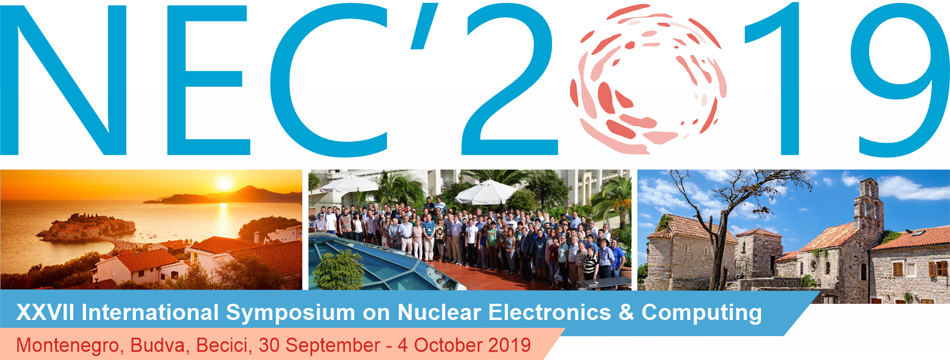Speaker
Mr
Dmitriy Maximov
(Budker Institute of Nuclear Physics)
Description
ATLAS electron and photon triggers covering transverse energies from 5 GeV to several TeV are essential to record signals for a wide variety of physics: from Standard Model processes to searches for new phenomena in both proton-proton and heavy ion collisions. Main triggers used during Run 2 (2015-2018) for those physics studies were a single-electron trigger with ET threshold around 25 GeV and a diphoton trigger with thresholds at 25 and 35 GeV. Relying on those simple, general-purpose triggers is seen as a more robust trigger strategy, at a cost of slightly higher trigger output rates, than to use a large number of analysis-specific triggers. To cope with ever-increasing luminosity and more challenging pile-up conditions at the LHC, the trigger selections needed to be optimized to control the rates and keep efficiencies high. The ATLAS electron and photon trigger performance during Run-2 data-taking is presented as well as work ongoing to prepare to even higher luminosity of Run 3 (2021-2023).
Primary author
Mr
Dmitriy Maximov
(Budker Institute of Nuclear Physics)

